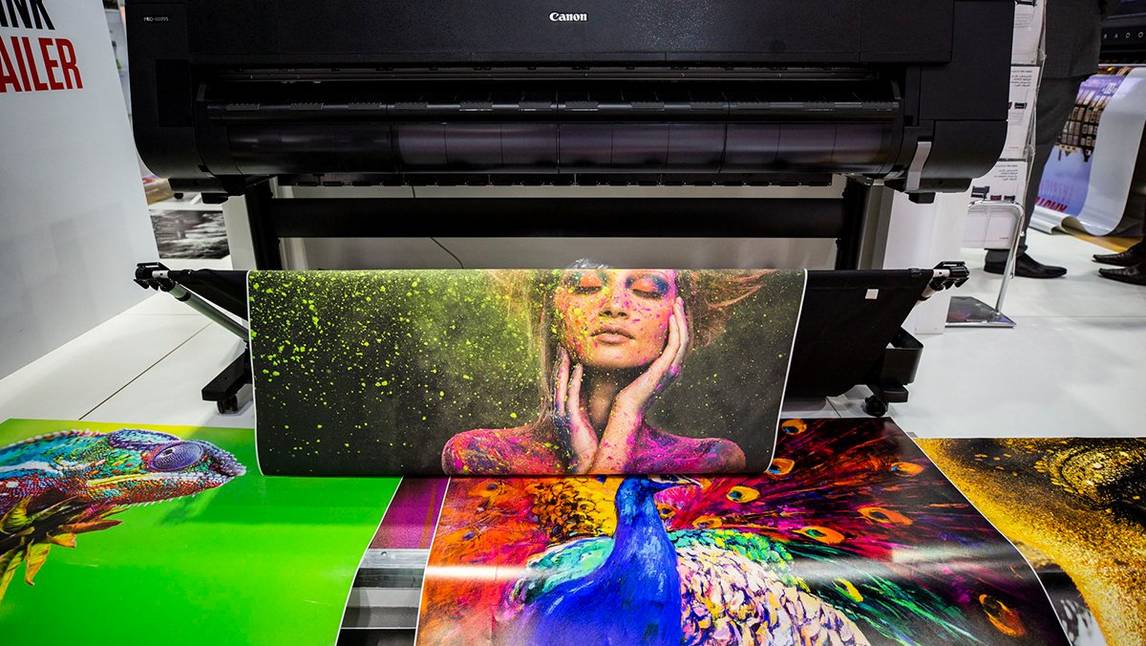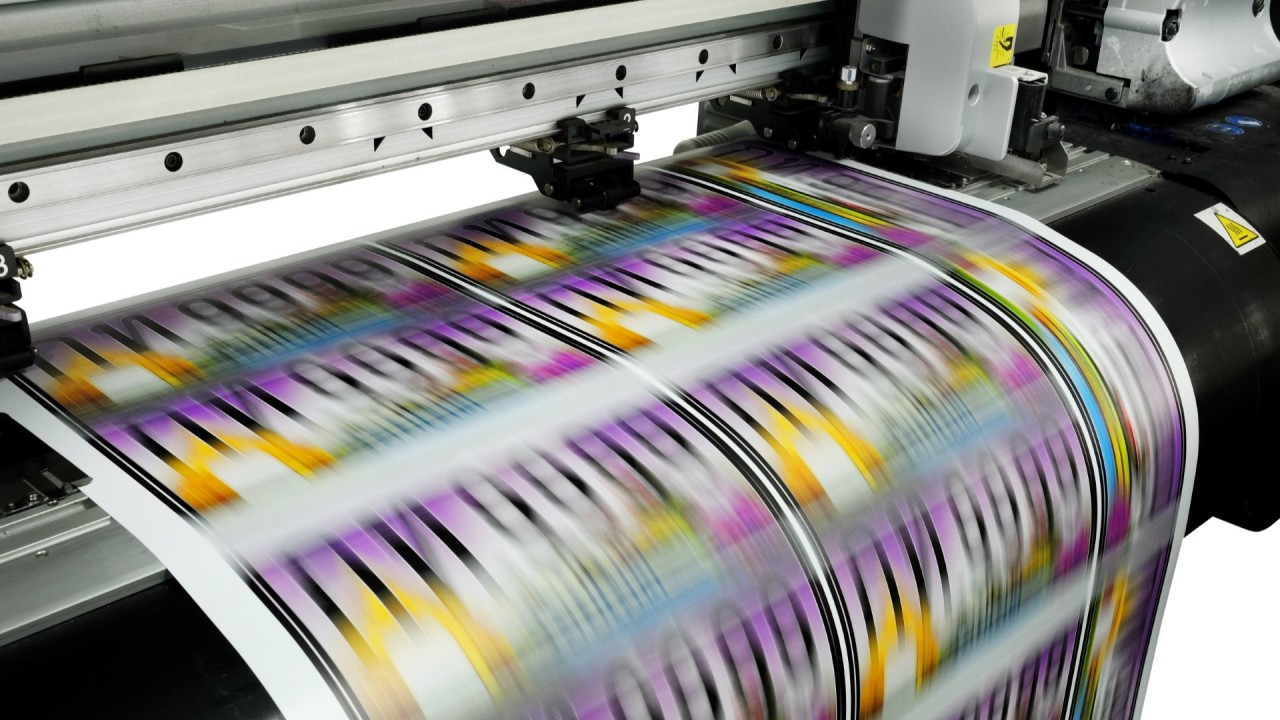As innovation continues to reshape industries, micro-scale printing emerges as a transformative technology with the potential to revolutionize manufacturing. This advanced method, known for its precision and versatility, is gaining attention for its ability to create intricate designs at a microscopic level. In this article, we delve into the world of micro-scale printing, exploring its applications, benefits, and the promising future it holds for various sectors.

The Basics of Micro-scale Printing
At its core, micro-scale printing involves the precise deposition of materials at a microscopic scale, often using specialized equipment and techniques. This technology allows for the creation of highly detailed structures, enabling industries to produce components and products with unprecedented precision.
How Micro-scale Printing Works
The process of micro-scale printing involves several key steps. First, a digital design is created using computer-aided design (CAD) software. This design is then translated into instructions for the printing equipment. The printer, equipped with a fine-tipped nozzle or laser, deposits materials layer by layer, building the final product with exceptional accuracy.
Applications Across Industries
The versatility of micro-scale printing makes it applicable in diverse industries. From healthcare to electronics, this technology is paving the way for groundbreaking advancements.
Healthcare and Biotechnology
In the healthcare sector, micro-scale printing is utilized for producing medical devices, implants, and even tissues. Its precision allows for the creation of patient-specific solutions, enhancing the effectiveness of medical treatments. For more on this, visit this 3D printing in manufacturing.
Electronics and Semiconductors
Micro-scale printing is also making waves in the electronics industry. It enables the production of intricate circuits and components, contributing to the miniaturization of electronic devices. This advancement is crucial for developing smaller and more powerful gadgets.
Environmental Impact and Sustainability
As industries strive for sustainability, micro-scale printing offers an eco-friendly alternative. By using only the necessary amount of material and minimizing waste, this technology aligns with environmentally conscious manufacturing practices. To explore more about sustainable practices in printing, check out biodegradable printing materials.
Challenges and Future Prospects
While micro-scale printing holds immense potential, it also faces certain challenges. The technology requires significant investment in equipment and expertise, which can be a barrier for smaller companies. Additionally, ensuring consistent quality and scalability remains a focus for ongoing research and development.
Advancements on the Horizon
The future of micro-scale printing is promising, with continuous advancements pushing the boundaries of what is possible. Researchers are exploring new materials and techniques to enhance the capabilities of this technology. This progress is expected to further expand its applications and drive innovation across industries.
Conclusion
In conclusion, micro-scale printing is a game-changing technology that holds the potential to redefine manufacturing processes. Its applications across various sectors, coupled with its precision and sustainability, make it a valuable asset for the future. As industries continue to embrace this innovation, the possibilities for micro-scale printing are boundless, promising a bright and exciting future for manufacturing.

Frequently Asked Questions
What is micro-scale printing?
Micro-scale printing is a technology that involves the precise deposition of materials at a microscopic scale, allowing for the creation of highly detailed structures.
Which industries benefit from micro-scale printing?
Micro-scale printing is beneficial for various industries, including healthcare, electronics, and biotechnology, due to its precision and versatility.
What are the challenges of micro-scale printing?
The challenges of micro-scale printing include the high cost of equipment and expertise required, as well as the need for consistent quality and scalability.
For more insights on the future of printing technologies, visit the Smithers report on global printing trends.
This article contains affiliate links. We may earn a commission at no extra cost to you.






